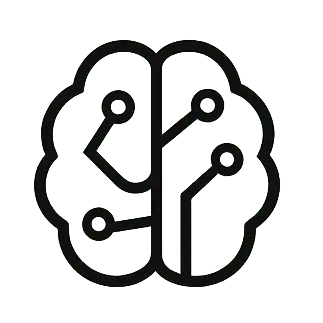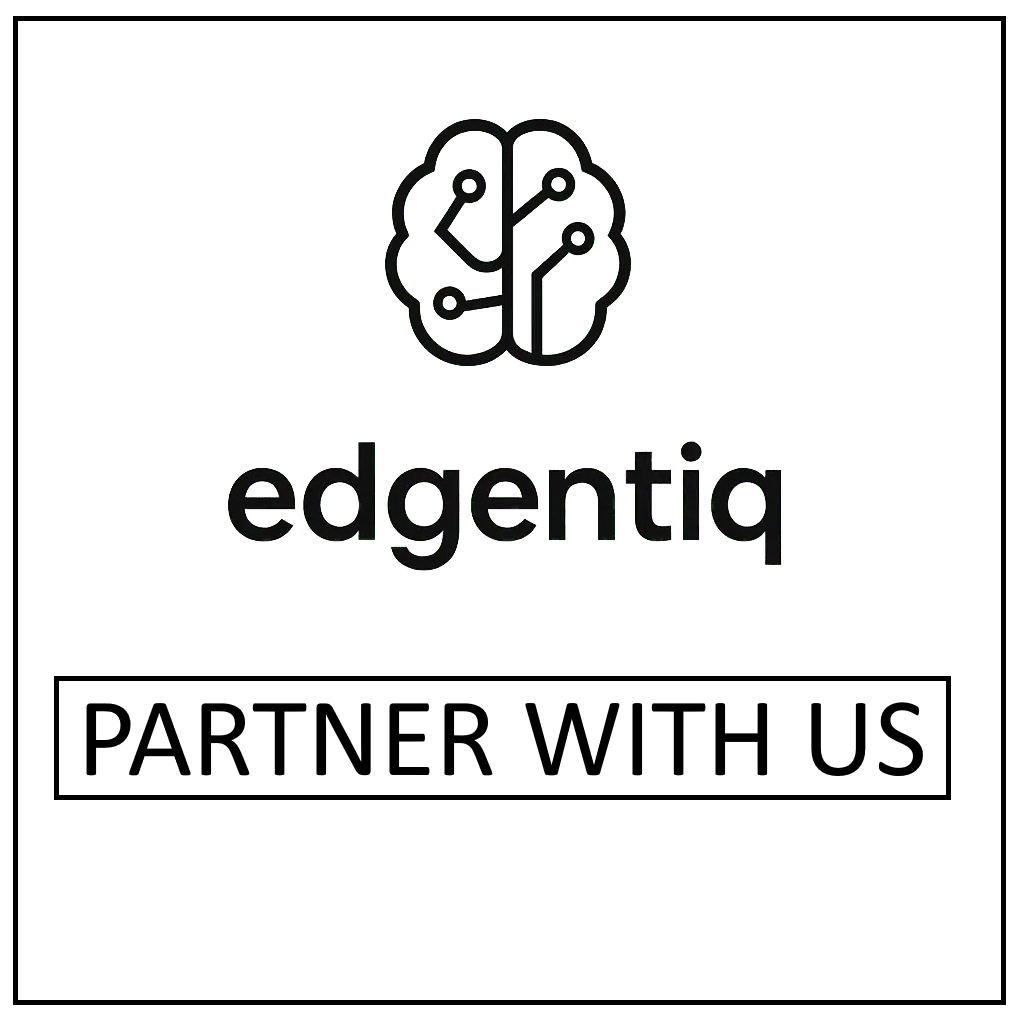TLDR: This research introduces a novel framework for procedural game level design using Deep Reinforcement Learning (DRL) within a Unity 3D environment. It features two DRL agents: a hummingbird that learns to collect flowers (solver) and a floating island that learns to generate and place flowers (creator). Both agents are trained with Proximal Policy Optimization (PPO) and interact in a dynamic feedback loop, where the hummingbird’s performance influences the island’s level generation. This co-adaptive system leads to emergent behaviors, robust generalization, and demonstrates the potential of AI to both create and solve content in virtual worlds, moving beyond static procedural generation.
Imagine a video game world that not only creates itself but also learns how to make itself more engaging and challenging for the player. This is the exciting frontier explored in a recent research paper titled “Procedural Game Level Design with Deep Reinforcement Learning” by Mirac Bugra Ozkan.
Traditional game development often involves extensive manual effort to design levels. While procedural content generation (PCG) has helped by automatically creating diverse environments, these methods can sometimes lack adaptability or fail to guarantee a fun and balanced experience. This new research introduces a groundbreaking approach that uses Deep Reinforcement Learning (DRL) to overcome these limitations, creating a dynamic and self-evolving game world.
A Two-Agent System for Dynamic Worlds
The core of this innovative system is a two-agent setup within a 3D Unity environment. Think of it as a collaboration between two intelligent entities:
-
The Hummingbird Agent: This agent acts as the “solver.” Its goal is to navigate through the procedurally generated terrain, locate, and collect flowers. It learns to do this efficiently, adapting to the ever-changing layout of the island.
-
The Floating Island Agent: This agent is the “creator.” Its responsibility is to generate and place collectible flowers on the terrain in a realistic and context-aware manner. It learns to design flower layouts based on factors like obstacle positions, the hummingbird’s starting point, and feedback from previous gameplay sessions.
Both agents are trained using a powerful DRL algorithm called Proximal Policy Optimization (PPO), a method known for its stability and effectiveness in complex learning tasks. The magic happens through their continuous interaction: the hummingbird’s performance directly influences how the island agent designs the next level, creating a dynamic feedback loop where both the player (hummingbird) and the environment (island) evolve together.
How the Agents Learn and Adapt
The hummingbird agent is equipped with various “senses” to understand its environment. These include raycasts to detect objects, its own velocity and orientation, the surface normal of the terrain (to understand slopes), and even information about the flower spawn radius and congestion set by the island agent. It receives rewards for collecting nectar and penalties for collisions or taking too long, encouraging it to find efficient paths.
The island agent, on the other hand, learns to adjust parameters like the “radius” (how spread out the flowers are) and “congestion” (how dense they are). It observes the environment and the hummingbird’s previous performance. If the hummingbird struggled due to poorly placed flowers (e.g., overlapping with obstacles, on steep slopes, or too unevenly spaced), the island agent learns to avoid such placements in future episodes. This ensures that the generated levels are not just random but are designed to be playable and to challenge the hummingbird appropriately.
Robustness Through Randomization
To ensure the agents don’t just memorize specific layouts but learn truly adaptable strategies, the researchers employed extensive environment randomization during training. This included varying flower spawn positions, dynamically controlling radius and congestion, adding noise to terrain height, shuffling obstacle placements, and even changing visual properties like skybox colors and terrain textures. This “domain randomization” helps the agents generalize their learned policies to novel and unseen conditions.
Also Read:
- KG-Agent: Enhancing AI Exploration and Strategy in API-Free Environments
- Enhancing AI Model Alignment by Resolving Feedback Inconsistencies
Promising Results and Future Directions
The research demonstrates that this co-adaptive approach not only leads to effective and efficient agent behavior but also opens up new possibilities for autonomous game level design driven by machine learning. The hummingbird agent developed emergent behaviors like “hover-scan” strategies in dense patches and “global planning” in sparse areas, adapting its flight paths based on the layout. The island agent learned to generate high-quality, playable levels.
While the system shows strong performance, the paper also acknowledges limitations, such as potential “reward hacking” by agents or instability in very sparse flower configurations. Future work aims to extend the island agent’s capabilities to more complex design spaces, like terrain deformation, and to scale the system for multiple interacting agents.
This study highlights the immense potential of Deep Reinforcement Learning in enabling intelligent agents to both generate and solve content in virtual environments, pushing the boundaries of what AI can contribute to creative game development processes. You can read the full research paper here: Procedural Game Level Design with Deep Reinforcement Learning.


